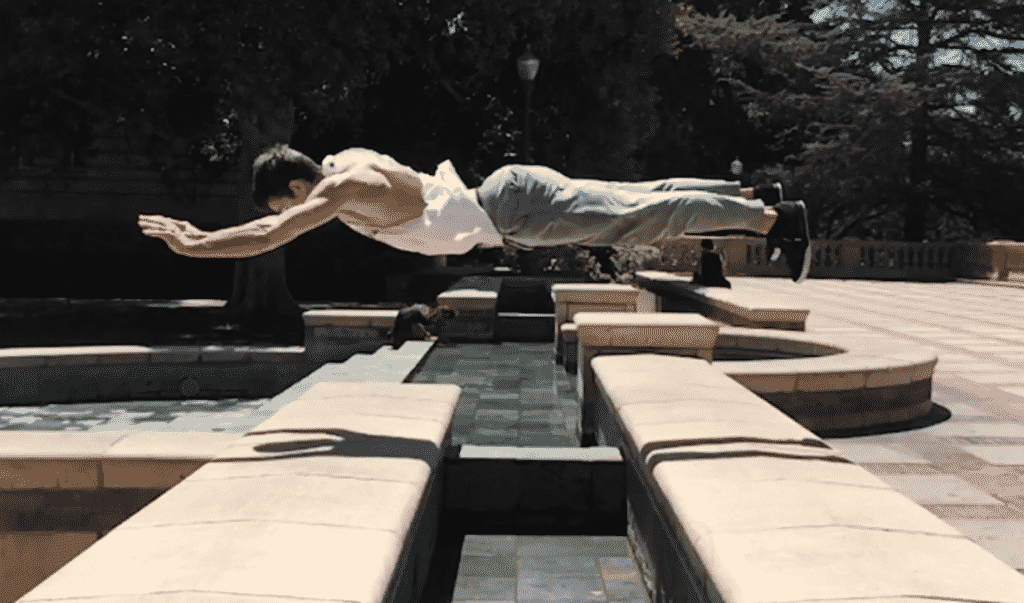The idea of working in the film industry can be enticing, but for every successful actor there are dozens who eventually give up their dreams out of financial necessity. Being the star of the show is not the only way to work in the entertainment industry, however, and there are many careers more accessible to young hopefuls – one of them being a stunt performer.
What does stunt work entail?
Stunt performers execute dangerous or risky action sequences in films or TV shows, sometimes standing in for an actor or actress (known as a stunt double). There are many different kinds of stunts that require different skills, ranging from working with animals to piloting boats and planes. There are three basic kinds of stunts:
1. Practical
Some examples are sword fighting, martial arts, short falls and acrobatics.
2. Mechanical
These involve elements of practical stunt work but also include the use of harnesses, wires and other mechanisms.
3. Vehicular
Stunt performers working with vehicles require specialist skills as they need to be able to execute anything from bootleg turns to participating in crashes.
Training requirements
There are no specific qualifications officially required in order to become a stunt performer, but it is obviously necessary to participate in extensive training. The physical demands of stunt work mean that the younger you are the better – similar to the process of becoming any type of professional athlete.
To perform stunts you need speed, strength, agility and fearlessness, each of which can be studied and practised. Most stunt performers begin by learning the trade from a seasoned professional, although in some places there are dedicated schools. Another way into the industry is through specialising in a specific field such as martial arts, before turning your focus on the performance aspects.
How does a typical day look in the life of a stunt performer?
Being a stuntperson might not have the glamour of stardom that is afforded to famous actors but it comes with similar working schedules and demanding timetables. When an action sequence takes place at night, you perform at night – even if the stunt takes up a total of ten seconds screen time. A fall, fight or explosion might take hours or days to choreograph or plan, leaving little margin for error. Each day (or night) at work is physically and psychologically demanding for stunt performers, resulting in short careers, similar to those of other athletes.
The dangers
It goes without saying that executing stunts can be dangerous. Stunt performers have died on the sets of numerous popular films and many more have been injured. In 1969, for example, stuntman Jose Marco was killed by a shark on the set of Shark! Many others have been injured or killed through human error or malfunctioning equipment.
Is it worth it?
If you’re looking for an exciting career, then the life of a stunt performer might be something to consider as its as exhilarating as when you visit website. The pay for stunt performers ranges widely, much like that of actors and actresses, but for some professionals it’s more about the thrill than the handsome pay check.

